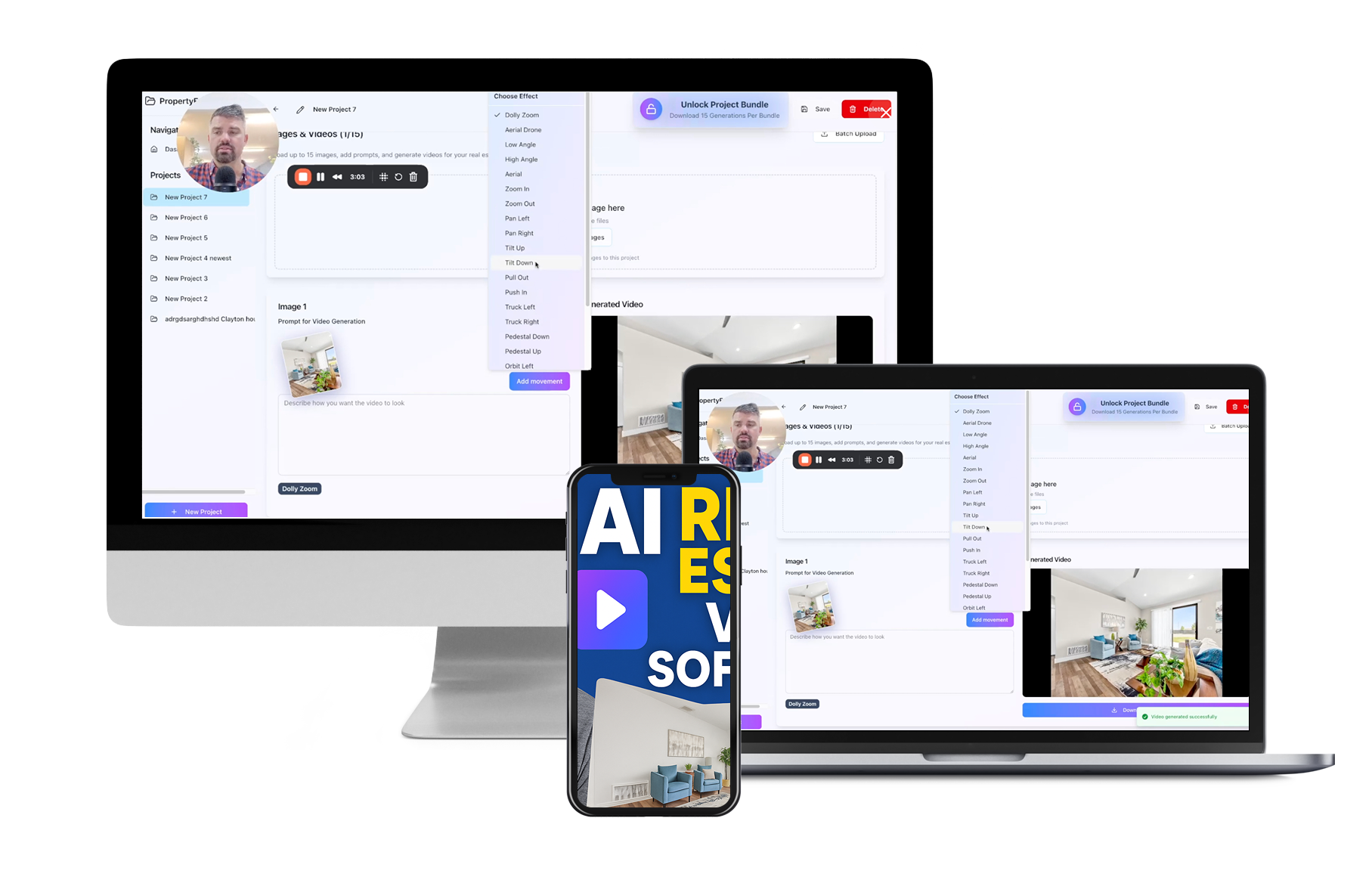
Predictive Analytics in Urban Planning: The Next Frontier
Introduction to Predictive Analytics in Urban Planning
Urban planning is evolving, and the integration of technology offers promising enhancements. Predictive Analytics in Urban Planning: The Next Frontier is reshaping the way cities grow and develop. By analyzing vast datasets, urban planners can forecast trends and visualize future urban landscapes, leading to more efficient and sustainable city developments.
Why Predictive Analytics Matters in Urban Planning
Predictive analytics uses statistical algorithms and machine learning to anticipate future outcomes based on historical data. In urban planning, this can mean:
- Improved Resource Allocation: Forecasting population growth to better allocate resources and services.
- Traffic Flow Optimization: Predicting traffic patterns to design efficient transportation systems.
- Risk Management: Anticipating natural disasters and planning infrastructures accordingly.
The use of predictive analytics can thus lead to smarter decision-making, reducing costs, and minimizing risks.
The Role of Big Data in Predictive Analytics
Understanding Big Data
Big data involves vast amounts of information generated from diverse sources such as sensors, GPS devices, social media, and more. For urban planning, these data sources include:
- Transportation data: Information on public transit and personal vehicle use.
- Demographic data: Insights on population density and distribution.
- Environmental data: Climate conditions and land use patterns.
Utilizing big data effectively requires advanced data processing and analysis tools to draw actionable insights.
From Data to Decisions
The transition from raw data to informed decisions involves several steps:
- Data Collection: Gathering data from various sources.
- Data Integration: Combining disparate data points into a cohesive dataset.
- Analysis and Modeling: Applying predictive models to forecast future scenarios.
- Policy Formulation: Using insights to inform urban planning policies.
Predictive Analytics in Urban Planning: The Next Frontier of Traffic Management
One of the most impactful applications of Predictive Analytics in Urban Planning: The Next Frontier is in traffic management. Cities around the world face congestion issues, and predictive analytics is key to resolving them.
Case Studies: Traffic Solutions
- Los Angeles: Implementing predictive analytics has helped reduce congestion by monitoring traffic patterns and optimizing traffic signal timings.
- Singapore: Employing big data to predict public transportation needs, resulting in reduced wait times and improved transit schedules.
These examples highlight the benefits of predictive analytics in creating responsive and adaptive traffic systems.
Sustainability and Predictive Analytics in Urban Planning
Environmental Benefits
Applying predictive analytics in urban planning contributes to sustainability by:
- Enhancing Energy Efficiency: Forecasting energy needs to optimize consumption.
- Reducing Urban Footprint: Predicting sprawl and planning for compact, efficient urban growth.
Urban Resilience
By forecasting potential climate impacts, predictive analytics aids in building resilient cities that can withstand future environmental challenges. This includes preparing for extreme weather events and managing resource scarcity.
Challenges and Considerations
Data Privacy and Security
While Predictive Analytics in Urban Planning: The Next Frontier provides numerous benefits, it also raises concerns regarding data privacy and security. Cities must ensure robust data protection frameworks to safeguard citizens' information.
Implementation Costs
Adopting predictive analytics involves significant upfront costs in technology and training. Governments and planners must weigh these costs against long-term benefits.
The Future of Predictive Analytics in Urban Planning
The potential for predictive analytics in urban planning is vast, and its applications will continue to expand as technology advances. Key future trends include:
- AI Integration: Using artificial intelligence to enhance the accuracy and efficiency of predictive models.
- Real-Time Data: Leveraging real-time data streams for dynamic, responsive urban management.
- Citizen Engagement: Involving the community through participatory planning and transparent data sharing.
Conclusion: Embracing the Next Frontier
Predictive Analytics in Urban Planning: The Next Frontier is an essential tool for modern urban development. By embracing this frontier, cities can become smarter, more sustainable, and more resilient. Urban planners, policymakers, and citizens must collaborate to harness the potential of predictive analytics, transforming cities into better places to live.
Call to Action
Be at the forefront of this transformation by adopting predictive analytics in your city's urban planning processes. Connect with industry experts or attending workshops to understand the best practices and technologies available.



